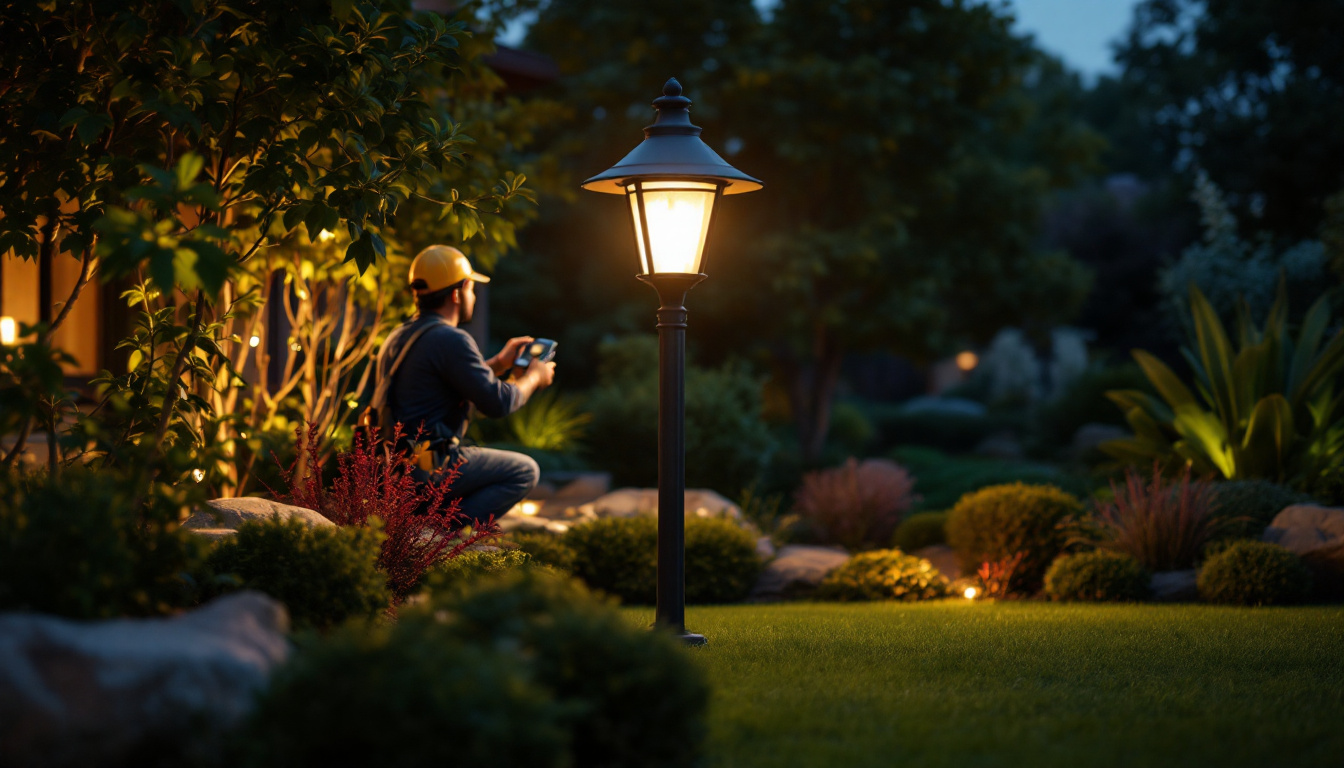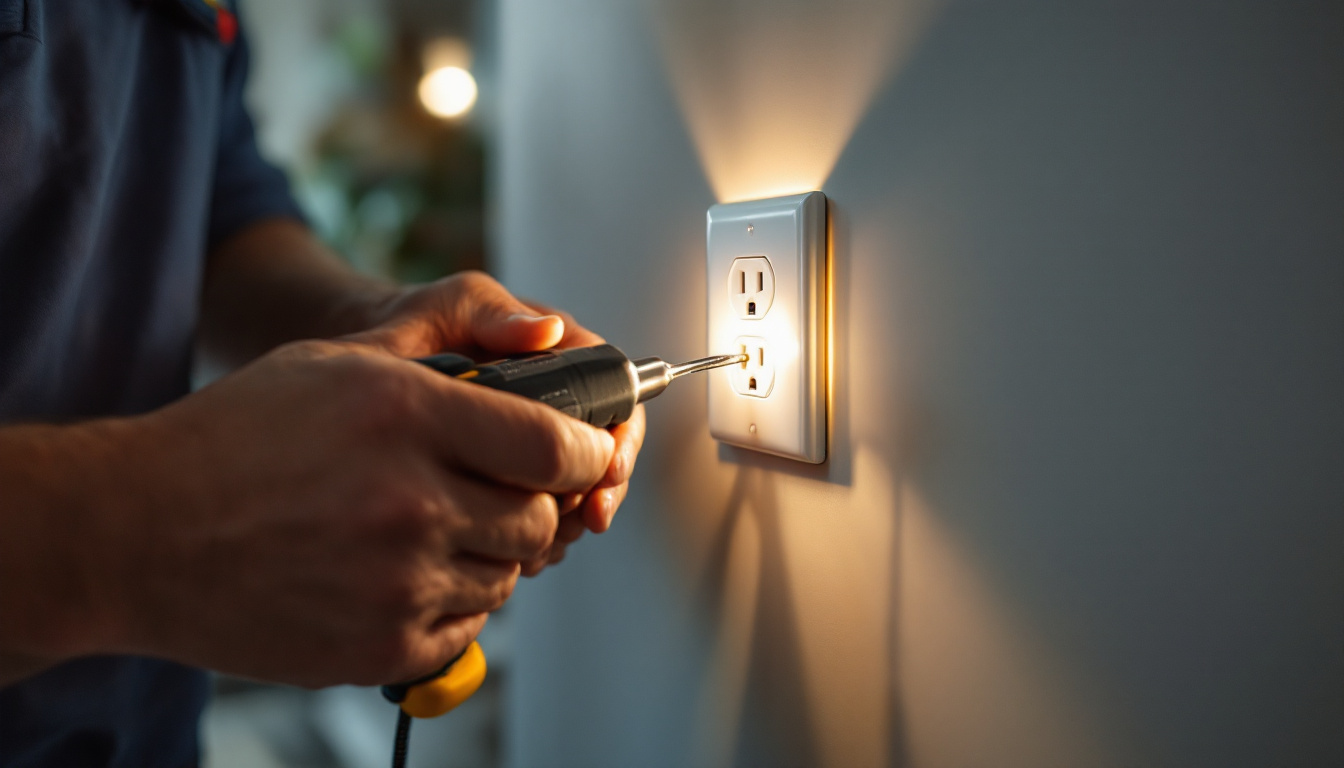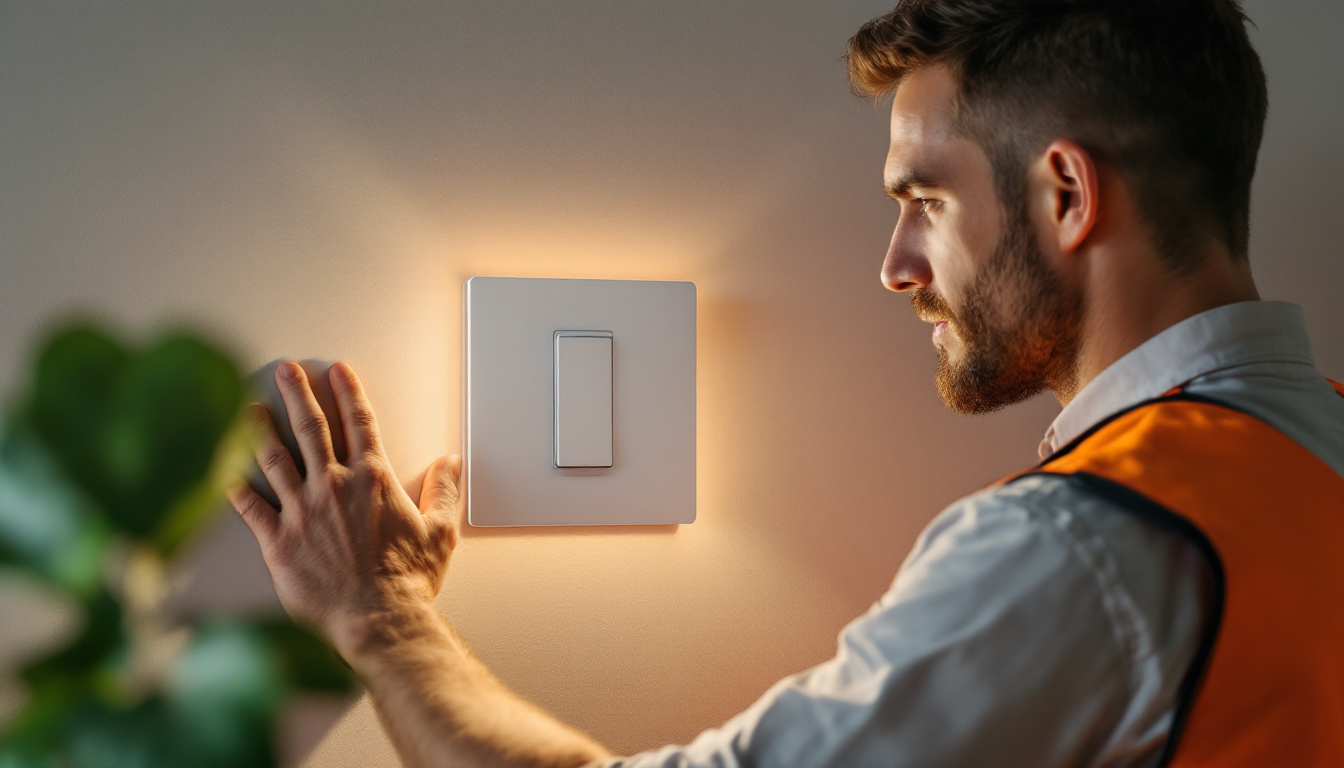
The world of outdoor lighting is constantly evolving, and yard lamps play a crucial role in enhancing the aesthetics and functionality of outdoor spaces. For lighting contractors, mastering the art of yard lamp installation and design can lead to satisfied clients and successful projects. This article delves into the essential aspects of yard lamp mastery, providing insights and tips for lighting contractors to excel in this niche.
Yard lamps serve multiple purposes, from illuminating pathways and gardens to creating a warm ambiance for outdoor gatherings. Understanding the various types of yard lamps available on the market is the first step for any lighting contractor aiming to provide exceptional service.
Yard lamps come in various styles, each designed for specific functions and aesthetics. Some of the most common types include:
Each type of yard lamp has its unique advantages, and understanding these can help contractors recommend the best options to their clients. For instance, post lamps not only enhance visibility but also add a stately appearance to the landscape, making them a popular choice for homeowners looking to elevate their curb appeal. Meanwhile, wall-mounted lamps can be strategically placed to highlight architectural features of a home while providing security lighting, ensuring that entrances are well-lit and inviting.
When selecting yard lamps, several features should be taken into account. These include:
Additionally, energy efficiency is becoming increasingly important for homeowners and contractors alike. Many modern yard lamps are designed with LED technology, which not only provides bright illumination but also consumes significantly less energy compared to traditional incandescent bulbs. This shift towards energy-efficient lighting solutions not only benefits the environment but also reduces electricity bills, making it a win-win for clients. Furthermore, smart lighting options are gaining popularity, allowing homeowners to control their yard lamps remotely via smartphones or smart home systems, adding convenience and enhancing security measures.
A well-thought-out outdoor lighting plan can transform a yard into a beautifully illuminated space. Lighting contractors must consider several factors when designing such a plan.
The first step in creating an outdoor lighting plan is to assess the space. This involves understanding the layout of the yard, identifying key features such as pathways, trees, and seating areas, and determining how lighting can enhance these elements.
Contractors should take measurements and consider the existing landscape to ensure that the lighting design complements the natural surroundings. A detailed assessment will help in selecting the right types and placements of yard lamps. For instance, highlighting a beautiful tree with uplighting can create a stunning focal point, while soft lighting along pathways can enhance safety and guide guests through the space. Additionally, understanding the seasonal changes in the landscape can influence the choice of fixtures and their placement, ensuring that the lighting remains effective year-round.
Once the assessment is complete, the next step is to create a lighting layout. This layout should include:
A well-planned layout ensures that the lighting is both functional and aesthetically pleasing. It’s essential to balance light levels to avoid overly bright or dim areas, creating a cohesive look throughout the space. Incorporating dimmers and smart lighting controls can also enhance the flexibility of the lighting design, allowing homeowners to adjust the ambiance for different occasions. Furthermore, considering energy-efficient options such as LED fixtures not only reduces electricity costs but also minimizes environmental impact, making the outdoor space both beautiful and sustainable.
Proper installation is crucial for the longevity and effectiveness of yard lamps. Lighting contractors must be familiar with various installation techniques to ensure their projects are completed successfully. A well-executed installation not only improves the aesthetic appeal of outdoor spaces but also enhances safety and functionality, making it an essential aspect of landscape design.
For electric yard lamps, understanding wiring and power supply is essential. Contractors should be knowledgeable about local electrical codes and safety regulations to ensure compliance during installation. This includes knowing the correct gauge of wire to use for different types of fixtures and the appropriate circuit breakers to prevent overloads. Furthermore, it is advisable to consider the use of weather-resistant materials to protect against the elements, prolonging the lifespan of the wiring.
Using underground wiring can help maintain a clean look while preventing potential hazards. Additionally, incorporating timers or smart controls can enhance convenience and energy efficiency. Smart technology can allow homeowners to control their lighting remotely, set schedules, and even adjust brightness levels based on the time of day or occupancy, providing both security and energy savings.
Correctly mounting and positioning yard lamps is vital for optimal performance. Factors to consider include:
Proper positioning not only enhances the lighting effect but also minimizes glare and shadows, creating a more inviting atmosphere. For instance, placing lights at varying heights can create depth and interest, while strategically positioning them near pathways or entryways can improve safety by illuminating potential tripping hazards. Additionally, considering the natural landscape and existing structures can help in creating a harmonious lighting design that complements the overall aesthetic of the yard.
Moreover, the choice of light bulb can significantly impact the quality of illumination. LED bulbs, for example, are not only energy-efficient but also offer a range of color temperatures, allowing for customization of the ambiance. Warmer tones can create a cozy atmosphere, while cooler tones can provide a more modern and vibrant feel. Understanding these nuances can help contractors make informed decisions that align with their clients’ preferences and the intended use of the outdoor space.
Once the yard lamps are installed, ongoing maintenance is essential to keep them functioning effectively. Lighting contractors should educate their clients on proper care and troubleshooting techniques.
Regular maintenance can prolong the life of yard lamps and ensure they continue to perform at their best. Some maintenance tips include:
By providing clients with a maintenance schedule, contractors can help them avoid costly repairs and replacements in the future.
Despite proper installation and maintenance, issues may occasionally arise. Common problems include:
Contractors should be prepared to troubleshoot these issues and provide solutions, ensuring client satisfaction and trust in their expertise.
The landscape of outdoor lighting is continually changing, with new trends emerging regularly. Staying updated on these trends can give lighting contractors a competitive edge.
Smart technology is revolutionizing the way outdoor lighting is managed. Smart yard lamps can be controlled remotely via smartphones or smart home systems, allowing users to adjust brightness, set schedules, and even change colors.
Integrating smart solutions into yard lamp designs not only enhances functionality but also appeals to tech-savvy clients looking for modern conveniences.
As sustainability becomes increasingly important, eco-friendly lighting solutions are gaining popularity. Solar-powered yard lamps and energy-efficient LED options are excellent choices for environmentally conscious clients.
Contractors should be knowledgeable about the benefits of these options, including lower energy costs and reduced carbon footprints, to effectively market them to clients.
Effective communication with clients is essential for lighting contractors. Educating clients about yard lamps, installation processes, and maintenance can foster trust and lead to repeat business.
Contractors should take the time to explain the benefits of different types of yard lamps, the installation process, and ongoing maintenance requirements. Providing brochures or digital resources can help clients make informed decisions.
Additionally, offering a consultation service can allow clients to discuss their specific needs and preferences, ensuring that the final design aligns with their vision.
Establishing strong relationships with clients can lead to referrals and repeat business. Following up after a project is completed can show clients that their satisfaction is a priority.
Offering seasonal maintenance checks or updates on new products can keep contractors in clients’ minds for future projects, enhancing business growth.
Mastering yard lamps is a multifaceted endeavor that requires a deep understanding of lighting design, installation techniques, and client communication. By staying informed about trends, providing exceptional service, and focusing on quality installations, lighting contractors can excel in this competitive field.
Ultimately, the goal is to create beautifully illuminated outdoor spaces that enhance the overall experience for homeowners and their guests. With dedication and expertise, lighting contractors can become leaders in the yard lamp market, ensuring their projects shine brightly for years to come.
Ready to elevate your outdoor lighting projects with the finest yard lamps in the industry? At LumenWholesale, we provide lighting contractors like you with the high-quality, spec-grade lighting products you need at prices that can’t be beaten. Say goodbye to local distributor markups and hello to our extensive selection that meets the highest industry standards. Plus, enjoy the convenience of free shipping on bulk orders, ensuring you get the premium lighting you deserve at the best value. Don’t compromise on quality or affordability. Discover wholesale lighting at the best value today and make your outdoor spaces shine with LumenWholesale.

Discover essential insights for lighting contractors on selecting and installing duplex outlets.

Explore the pros and cons of Max Lument lighting solutions compared to alternative options.

Discover the top challenges lighting contractors face when working with Bulb Par30.

Discover the transformative benefits of light switch WiFi technology for lighting contractors.